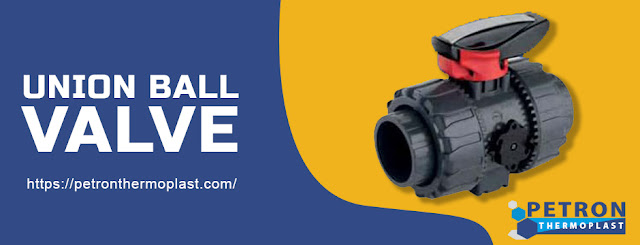What is nylon’s bushing?
First, let's define what the bushing of nylon is. These bushings are cylindrical bearings made from a type of plastic called nylon. They are typically used to support a rotating or sliding shaft and are designed to have low friction and wear resistance. Nylon’s bushing is commonly found in automotive, industrial, and consumer applications.
What are the critical advantages of the bushing procedure of nylon?
- Low friction: One of the main benefits of nylon bushing is its low friction properties. Nylon is a self-lubricating material, meaning it has a natural ability to reduce friction and wear. Nylon bushing is ideal for high-speed or high-load applications requiring critical friction reduction. For example, nylon bushing is often used in the suspension systems of automobiles to reduce friction and wear on the suspension components.
- Shock absorption: Bushings are their ability to absorb shock and vibration. Nylon is a flexible and resilient material that absorbs and dissipates energy from shock and vibration. It can improve the overall performance and reliability of a system. It reduces the likelihood of damage or failure due to excessive shock or vibration. Nylon bushing is commonly used in construction to absorb shock and vibration in heavy machinery and equipment.
- The durability of nylon: Nylon’s bushings are also very durable and have a long lifespan. They are resistant to wear and tear and do not corrode or rust like metal bearings. It makes them ideal for use in harsh or demanding environments where metal bearings may not be suitable. You can also use nylon bushing in applications where the presence of metal would be undesirable, such as in food processing or medical devices.
- A cost-effective option: In addition to their performance benefits, bushing of nylon material are also cost-effective. They are typically less expensive than metal bearings and can easily be moulded into various shapes and sizes. It makes them a cost-effective solution for many applications.









